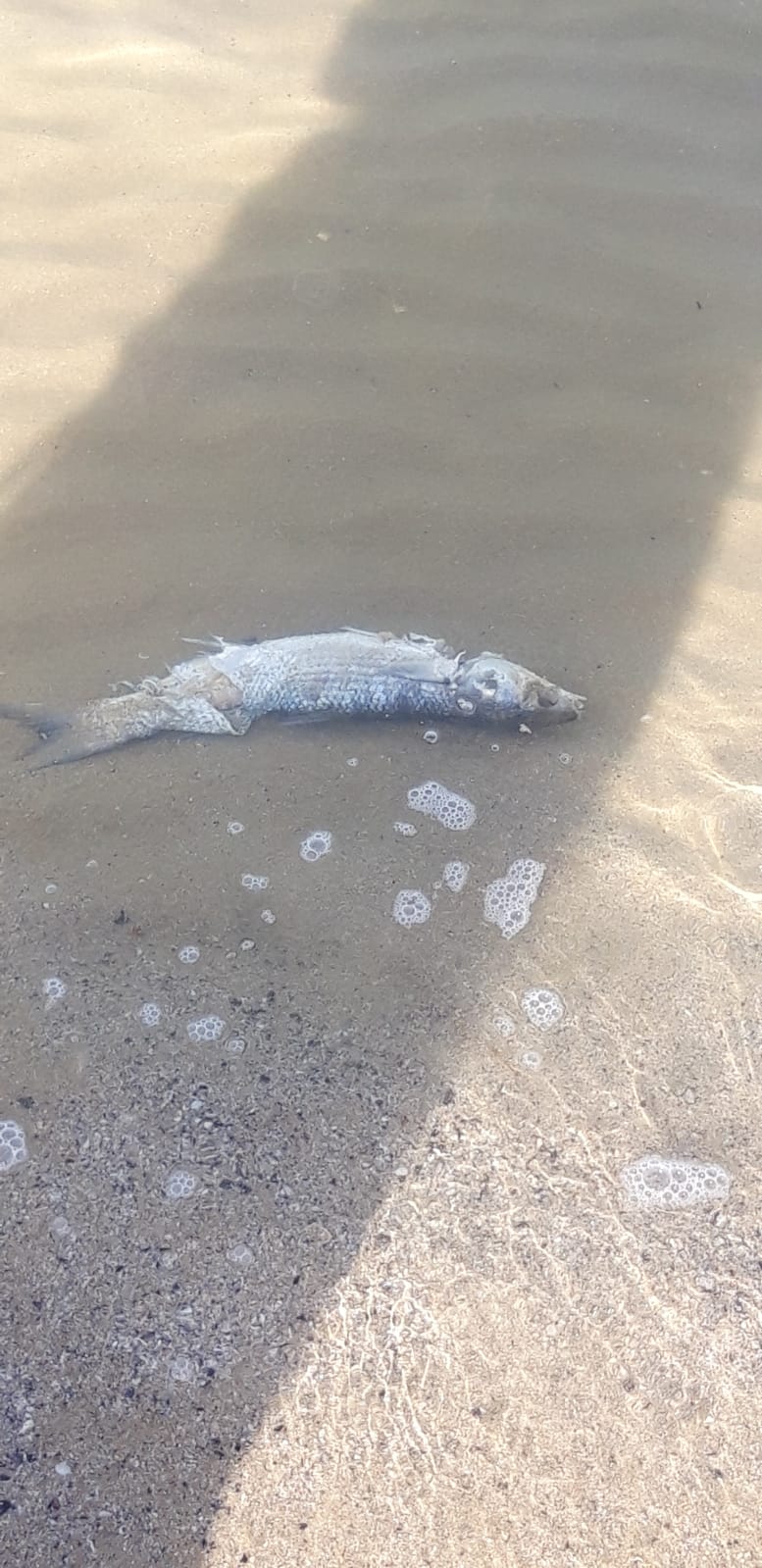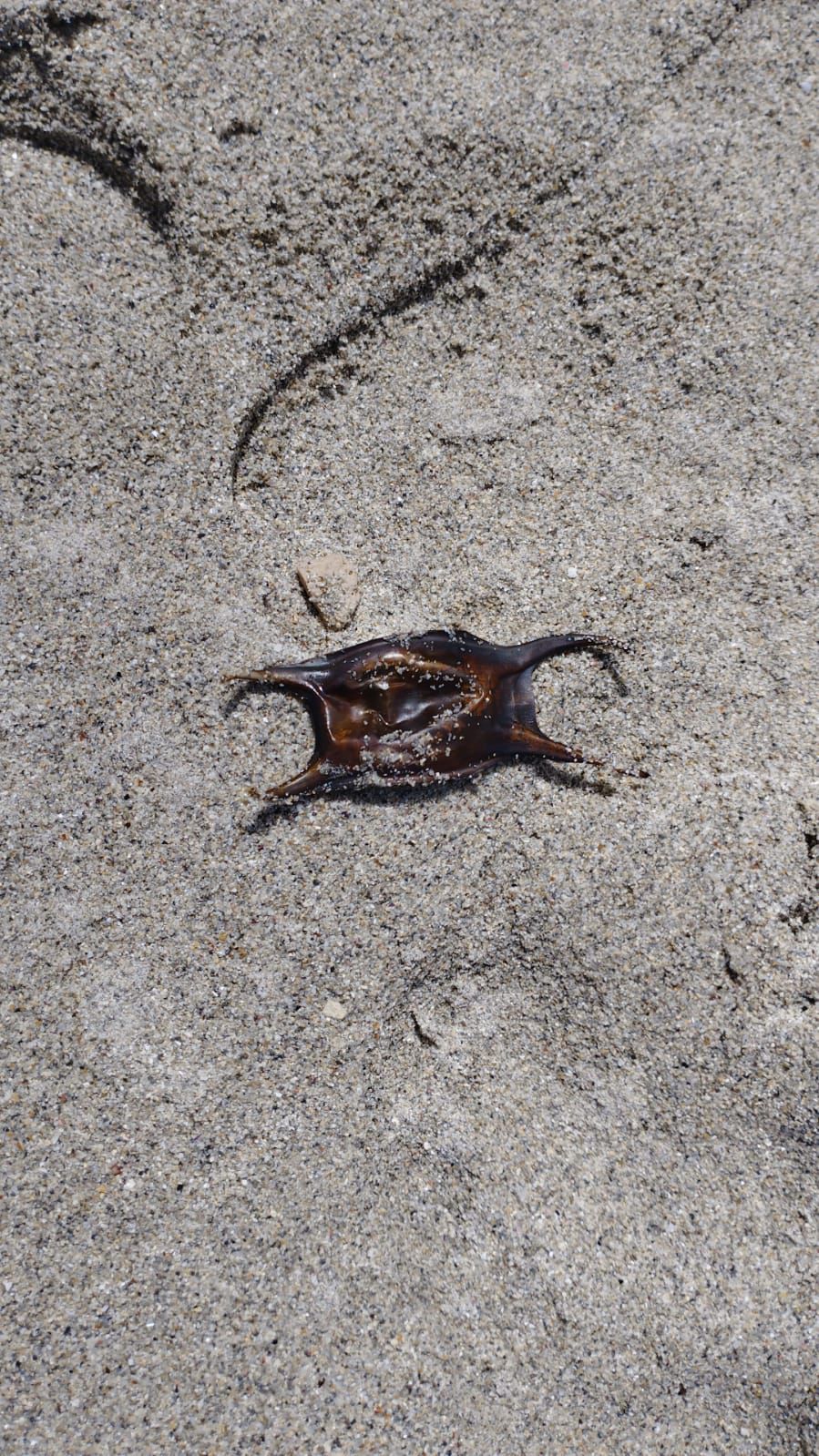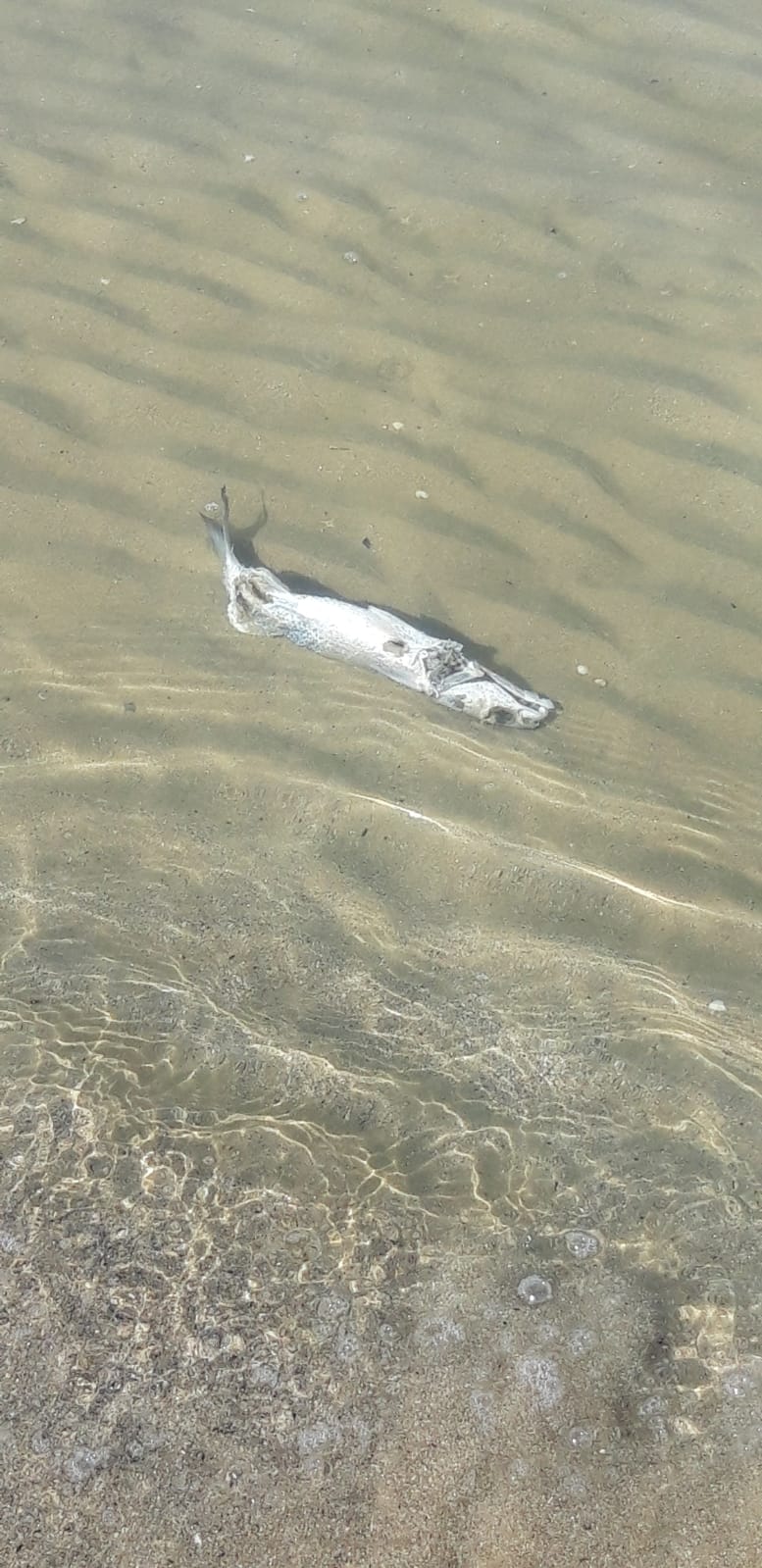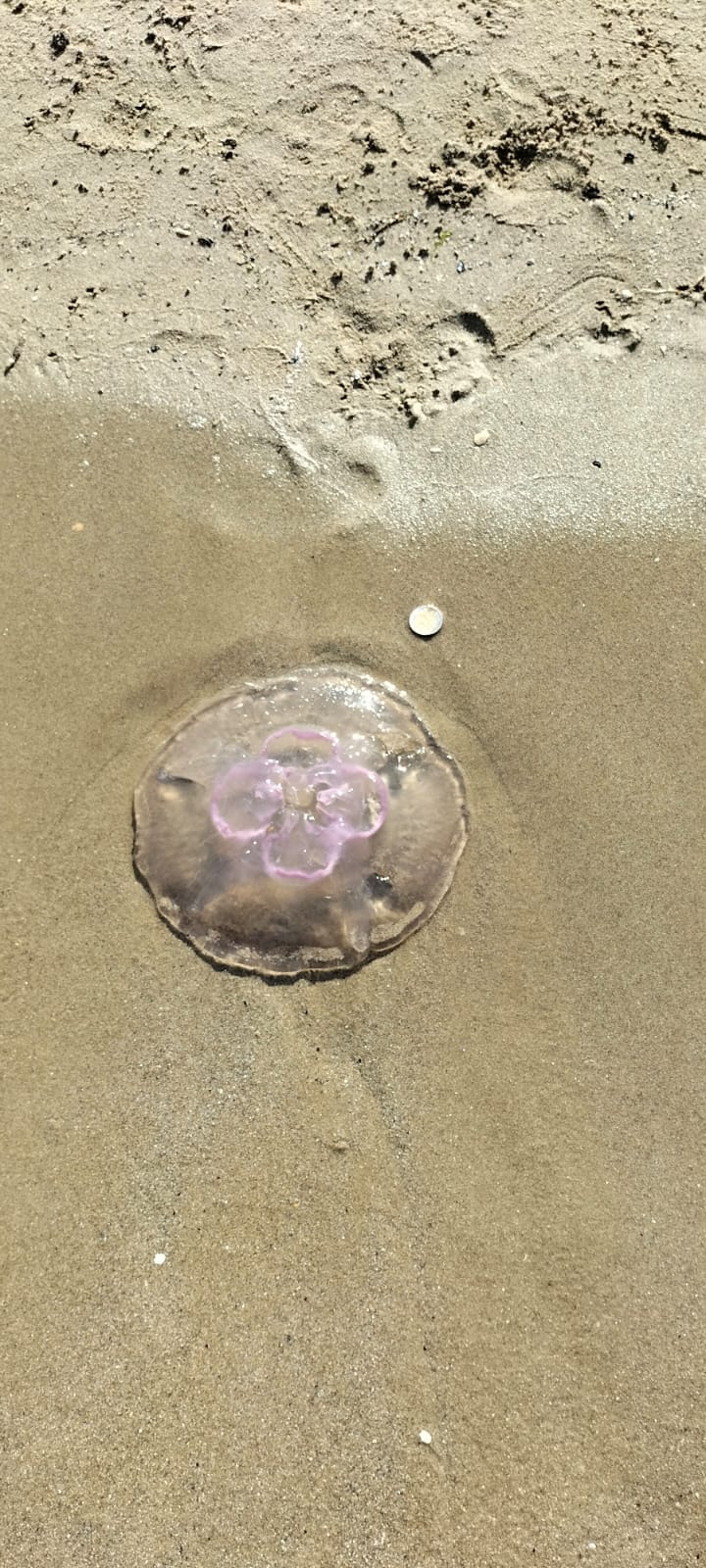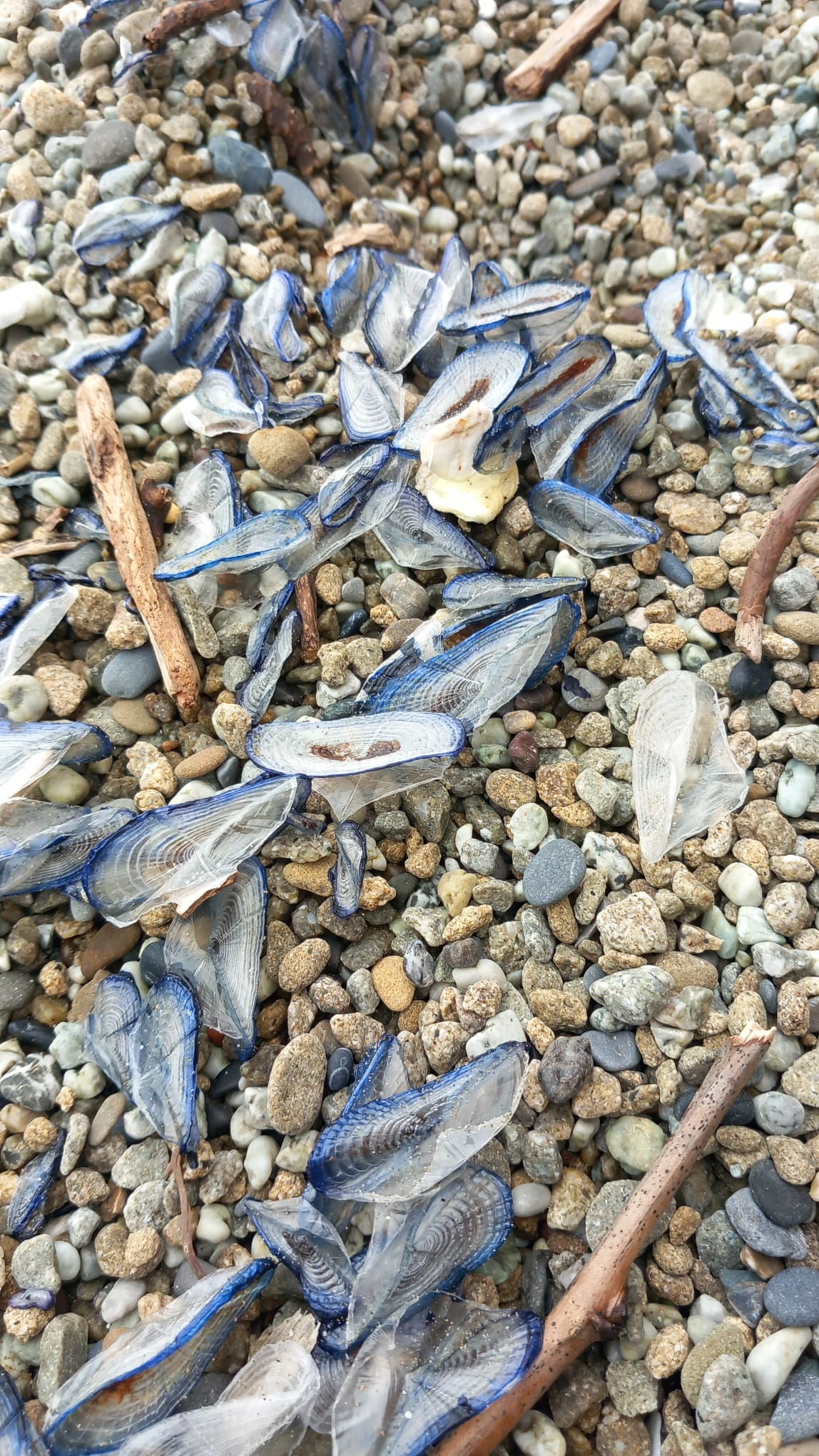

Le comunità che compongono la biodiversità marina risultano essere molto sensibili ai cambiamenti ambientali ai quali reagiscono rapidamente, rappresentando un utile indicatore per valutare l'impatto ambientale causato da eventi naturali o dell'attività antropica.
Il monitoraggio in mare per questo gruppo di organismi richiede uno sforzo costante per evitare che alcuni eventi sporadici possano passare completamente inosservati. Questi eventi casuali, causati da fenomeni come le mareggiate o giornate molto ventose, risultano di grande valore scientifico perché possono contribuire allo spiaggiamento di organismi marini molto difficili da campionare.
Due degli esempi più conosciuti sono i casi di spiaggiamenti di Velella velella, chiamata comunemente "Barchetta di San Pietro" o "di San Giovanni", o i casi di Cymbulia peronii, anche detta "Scarpette di Venere". Il monitoraggio di questi organismi è di vitale importanza per intercettare cambiamenti ambientali nonché eventi sporadici e anomalie grazie al loro grande valore come indicatori ambientali.
Nel 2022 è stato infatti riportato il primo caso di spiaggiamento sulle coste liguri di Cymbulia parvidentata, specie atlantica di gasteropodi marini dell'ordine degli Pteropodi che suggerisce un ingresso di acque atlantiche nel bacino Mediterraneo. Leggi l'articolo completo su Biodiversity Data Journal
Stranding of Porpita porpita (Cnidaria, Hydrozoa) in Ligurian coast: sampling bias or evidence of a warming sea?
Leggi l'articolo completo su Marine and Fisheries Research
Dall'interesse nel monitorare questi organismi e di costruire un database di eventi di spiaggiamento nasce st[r]anding, un progetto per la raccolta d'informazioni e di divulgazione ambientale e scientifica nata per coinvolgere il pubblico tramite la testimonianza fotografica di organismi spiaggiati.
Il nome della pagina è volutamente un gioco di parole tra le parole "spiaggiamento" (dall'inglese stranding) e "stare in piedi" (standing). I due vocaboli racchiudono l'intento del progetto: il monitoraggio degli organismi ritrovati sulle coste e che è grazie al cittadino, che ha interesse nel contribuire alla raccolta dati e ad approfondire le sue conoscenze sulla biodiversità marina, che il nostro proposito "resta in piedi".
È molto semplice! Segui questi passaggi per contribuire al progetto:
Trova organismi spiaggiati durante le tue passeggiate
Scatta foto chiare e dettagliate dell'organismo
Invia la tua osservazione tramite il nostro form
Grazie al vostro contributo saremo in grado di ottenere molteplici informazioni per ampliare lo stato delle conoscenze per gli organismi marini d’interesse, mostrare potenziali modifiche nella distribuzione di questi organismi nonché monitorare la presenza di specie autoctone ed alloctone.
Le ultime segnalazioni inviate dalla community

